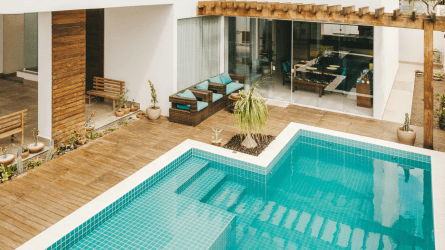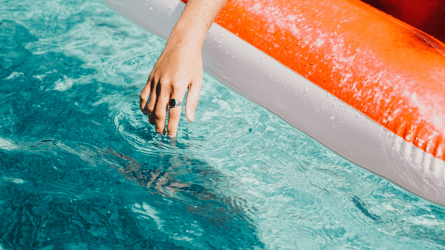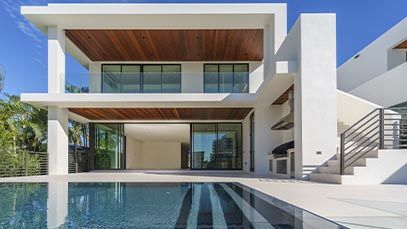In order for a pool with a salt chlorination system to carry out the chlorine generation process correctly, we must take into account the amount of salt necessary for each installation.
Many believe that adding salt to the water is enough when starting the salt chlorinator. However, we must put aside this false belief because as time passes, the concentration of salt in the pool decreases thanks to certain processes such as evaporation, filter washing and the water that comes out of the pool due to use.
Also, it must also be borne in mind that this does not mean that salt will have to be constantly added to the pool as we could exceed the necessary amount that the pool should have. Now, it is important to measure the salt levels in the pool from time to time to keep track of this issue. On the contrary, we could find two possible scenarios:
- If the level is too high, the metal elements and accessories that are in contact with the water can corrode, the water can start to taste very salty and may look cloudy.
- If the salt levels are very low, we can have problems when generating natural chlorine.
How to calculate the cubic meters of your pool
In the case of a rectangular pool, the dimensions (length and width) of the pool surface must be taken into account, as well as the average depth to calculate the cubic meters of the pool.
If, on the other hand, we are talking about a round pool, to calculate the cubic meters it will be necessary to determine what the diameter of the pool is by the diameter of the average depth by the coefficient of 0.78.
How to carry out a salinity test
The concentration of salt in a swimming pool should be between 4 and 5 grams per litre of water; Therefore, it would be necessary to add 4 to 5 kilos of salt for each m3 of the pool. We are talking about salt levels much lower than the amount of salt contained in a human tear. There are also saline chlorination equipment that works with only 1 gram per litre, the so-called Low Salinity equipment, available for residential swimming pools.
To carry out the salinity test, at BSPool we have a series of dosing products and related kits that include digital salt meters, such as the HI98302 TDS, which will be able to determine if the salt levels in the pool are adequate or not.
We also recommend checking the salt levels in the water at least once a month, whether we are in the period of daily use or not. In this way we will ensure that the levels are adequate and avoid the possible problems that we mentioned above.
If you have any additional questions about how to know the ideal amount of salt for your pool, we have a technical service network that will help you with everything you need.

2024
Are you thinking of building a pool at home or do you already have one and are considering changing your water treatment method?

2024
Discover the innovative PC SMART+ the electronic control that revolutionises the energy management and operation of pumps, lighting and saline chlorination.

2024
BSPool offers a series of key points in order to easily choose the best saline chlorinator for private pools.

2024
After all the summer using the pool daily, it's normal that we perceive some change in the appearance of the water in the pools.

2023
In the current era, where sustainability has become a priority, it is crucial to reconsider how we design and maintain our swimming pools.

2023
BSPool returns at the Piscina & Wellness Barcelona Exhibition from 27th to 30th November 2023. Come and visit us and discover our new products!
